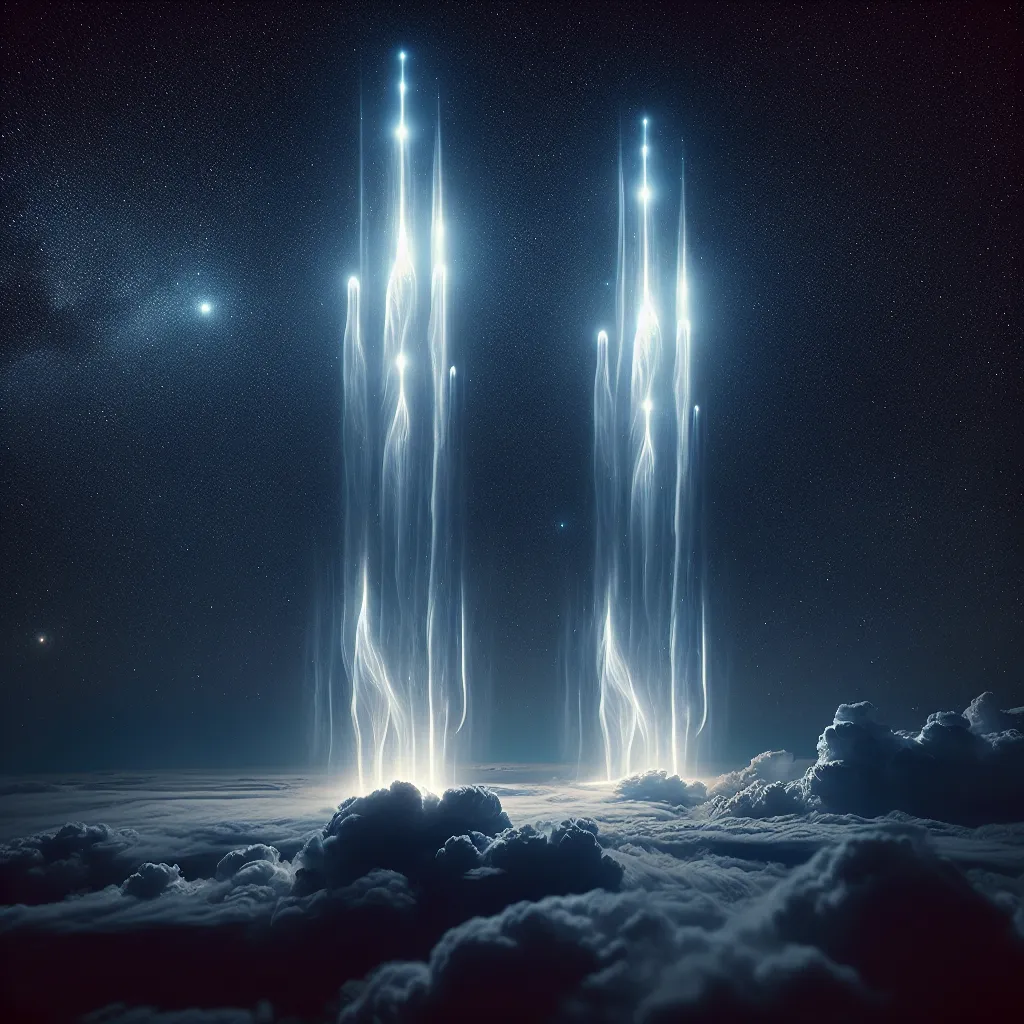Back in July 1989, a group of physicists from the University of Minnesota tested a new low-light camera designed for a high-altitude rocket experiment. They aimed the camera east, targeting some stars and what appeared to be a distant thunderstorm. When they reviewed the tape, something unexpected caught their eye: two funnel-shaped flashes of light lasting only a few thousandths of a second. They estimated these mysterious flashes occurred 20 miles above the clouds and were 12 miles tall. By pure chance, the team had stumbled upon a new scientific phenomenon.
At Duke University in North Carolina, Professor Steve Comer delved into finding more about these strange lights. The thrill of exploring something fundamentally new that nobody else had seen was electrifying. The twin pillars of light dancing above the storm were just the beginning of a worldwide lightning science investigation to understand these curious occurrences.
Scientists didn’t have to look far. They combed through hundreds of hours of video taken from the space shuttle and found dozens of these peculiar apparitions waiting to be identified. Soon, low-light cameras and high-altitude aircraft captured thousands of sightings. It turned out these phenomena were far more common than anyone had guessed. The scientific community dubbed them “sprites” because of their ghostly, fleeting nature, fluttering above thunderclouds for less than a ten-thousandth of a second.
Researchers at the University of Alaska Fairbanks pinpointed sprites occurring in the middle atmosphere, 25 to 60 miles above Earth, and extending up to 30 miles across. Observations linked sprites to lightning, but the exact relationship was a puzzle. In North Carolina, Steve Comer used sensitive equipment to pick up radio signals from lightning, detecting strikes anywhere on Earth. By matching these signals with sprite sightings from various research stations, a pattern emerged: sprites appeared fractions of a second after the most powerful lightning bolts.
High-speed footage supported Comer’s theory, showing that about 45 miles up, electric charges soared, triggering a giant spark. Millions of electrically charged particles accelerated outward at a staggering 33 million feet per second, forming sprites up to 40 miles high. Their forms varied, from the enormous “jellyfish” sprites 60 miles in diameter to thin “Diet Sprites” less than a mile wide.
Five years after the first sprite was spotted, researchers from the University of Alaska Fairbanks captured the first color images of sprites high above a massive storm using a sensitive low-light camera. The colorful display was a spectacular surprise, but it also raised new questions, each discovery revealing more about the mysterious nature of sprites.






